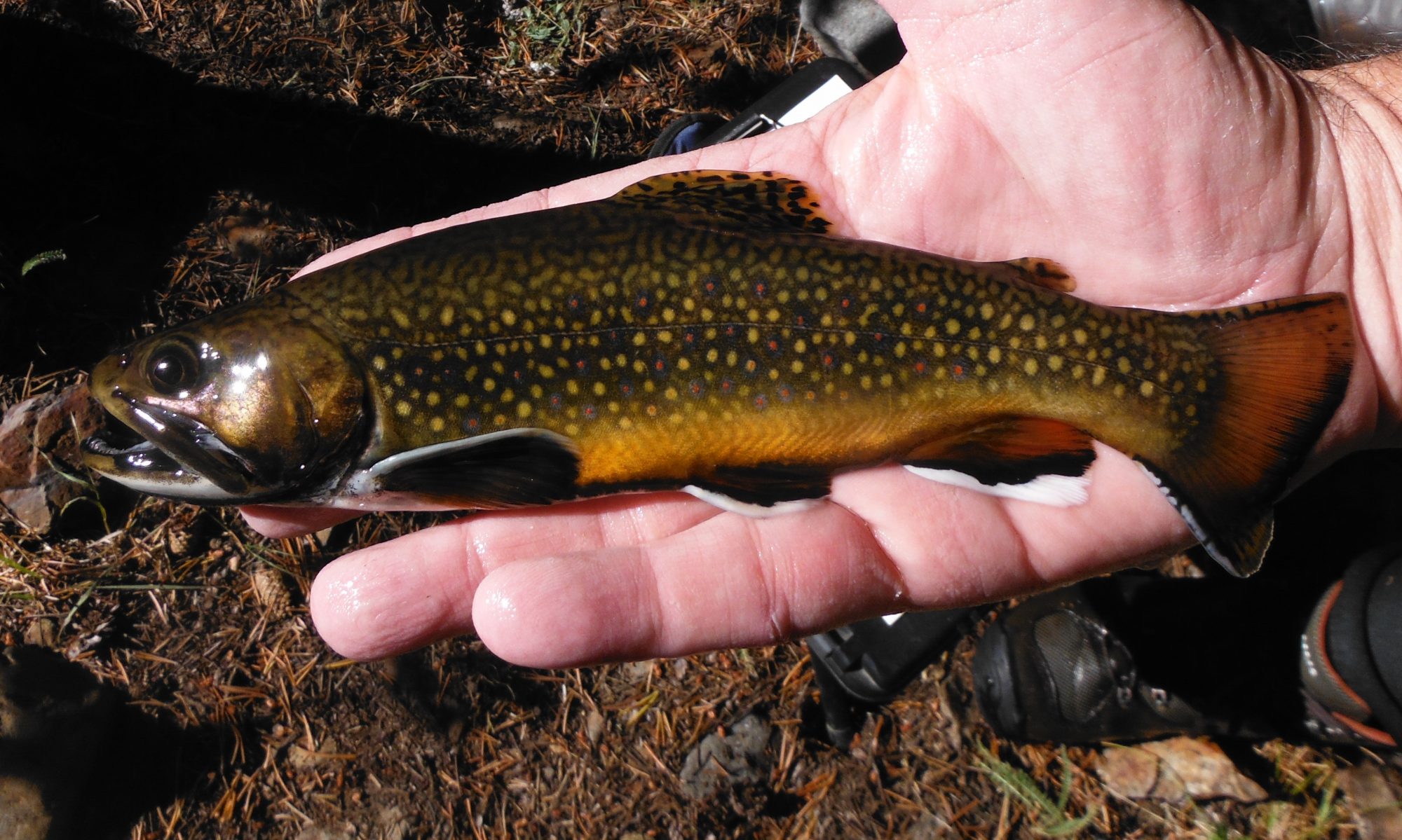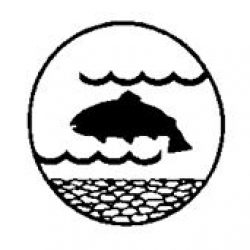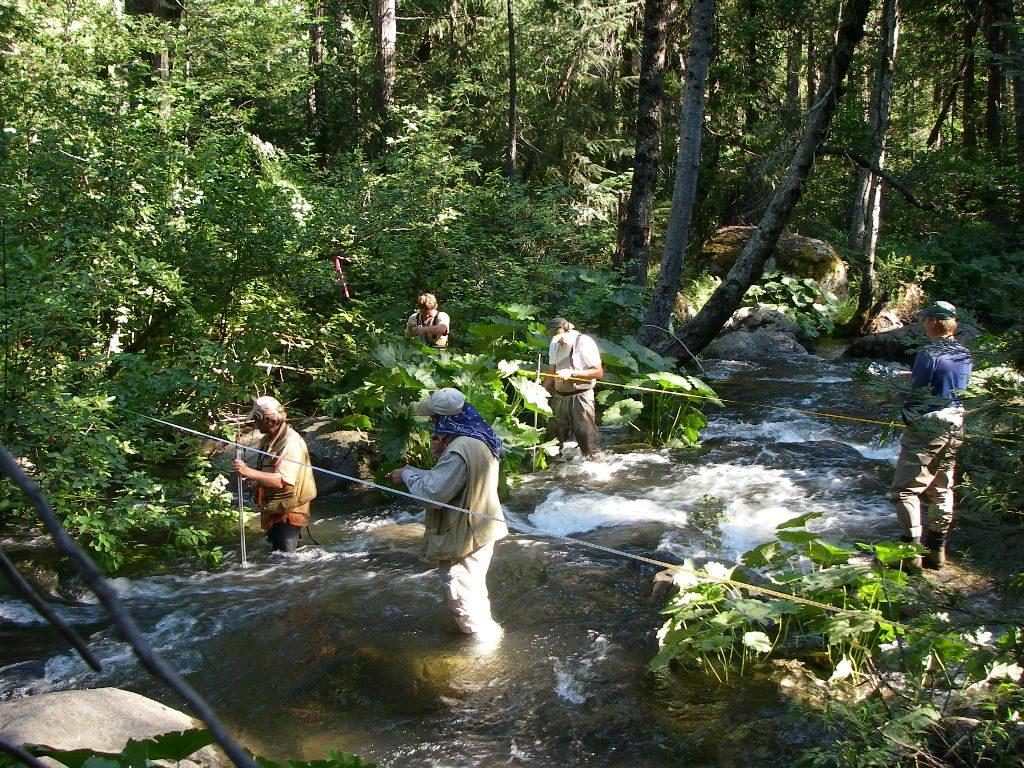
TRPA Fish Biologists have conducted hundreds of “instream flow studies” across the U.S., using both one-dimensional (1D) and two-dimensional (2D) physical habitat simulation, or PHABSIM models.
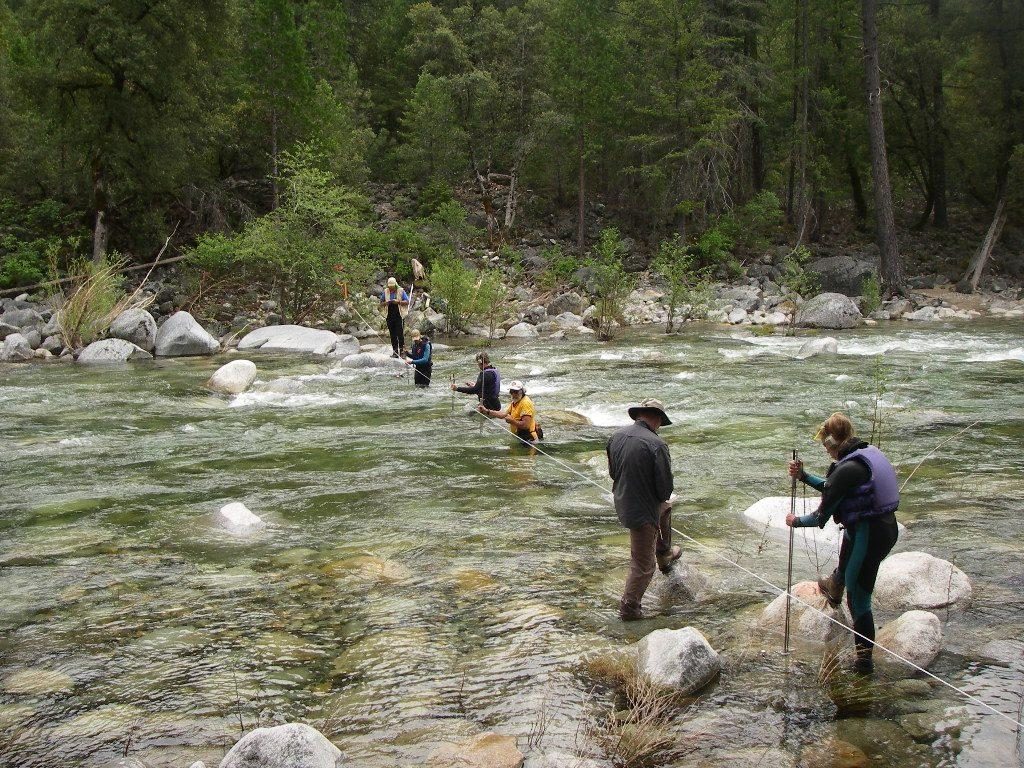
In 1D modeling, hydraulic data (depths and velocities) are collected using mechanical or digital discrete point velocity meters.
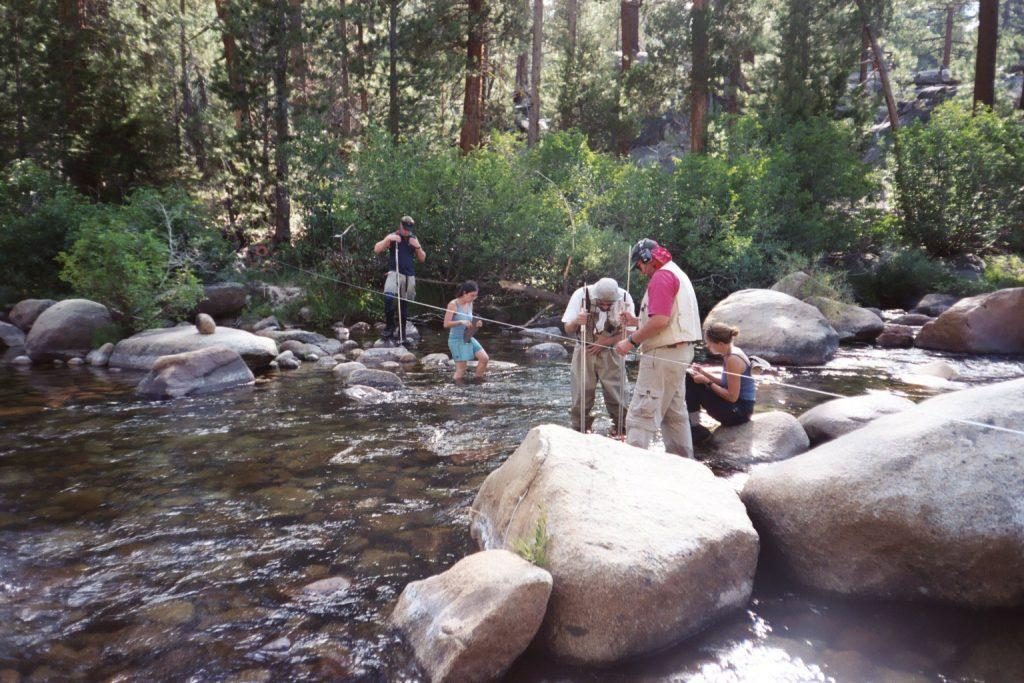
The hydraulic and physical (substrate and cover) attributes are measured along habitat-specific transects using standard wading techniques.
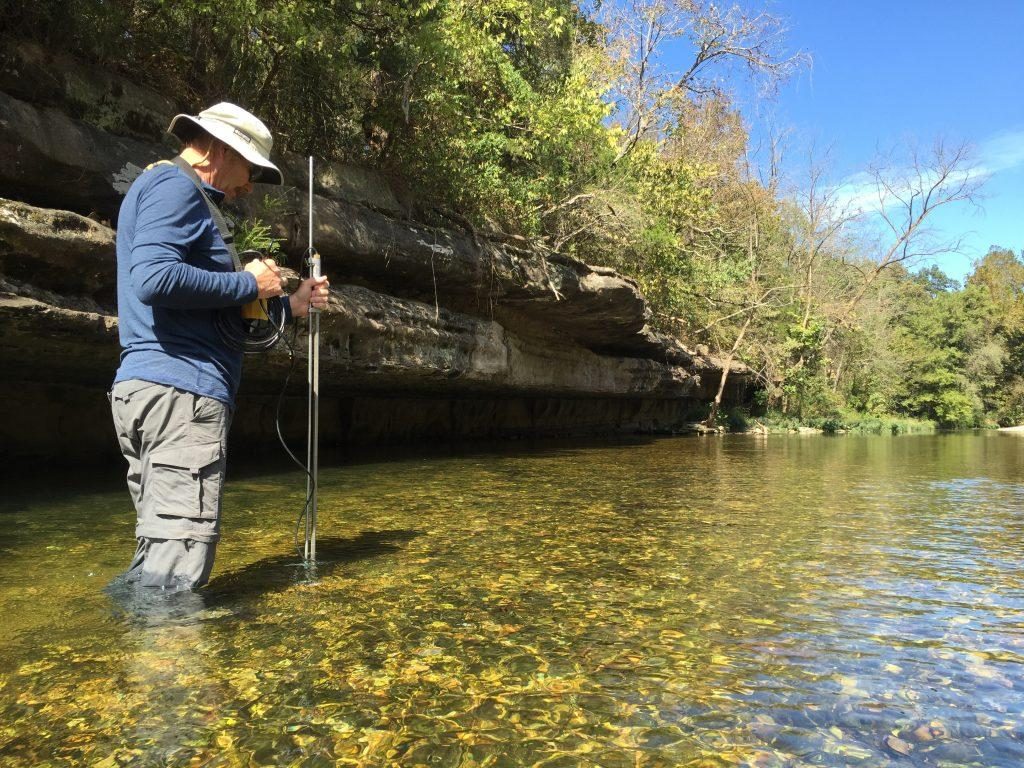
The parameters are then input into habitat modeling programs as part of an instream flow PHABSIM study.
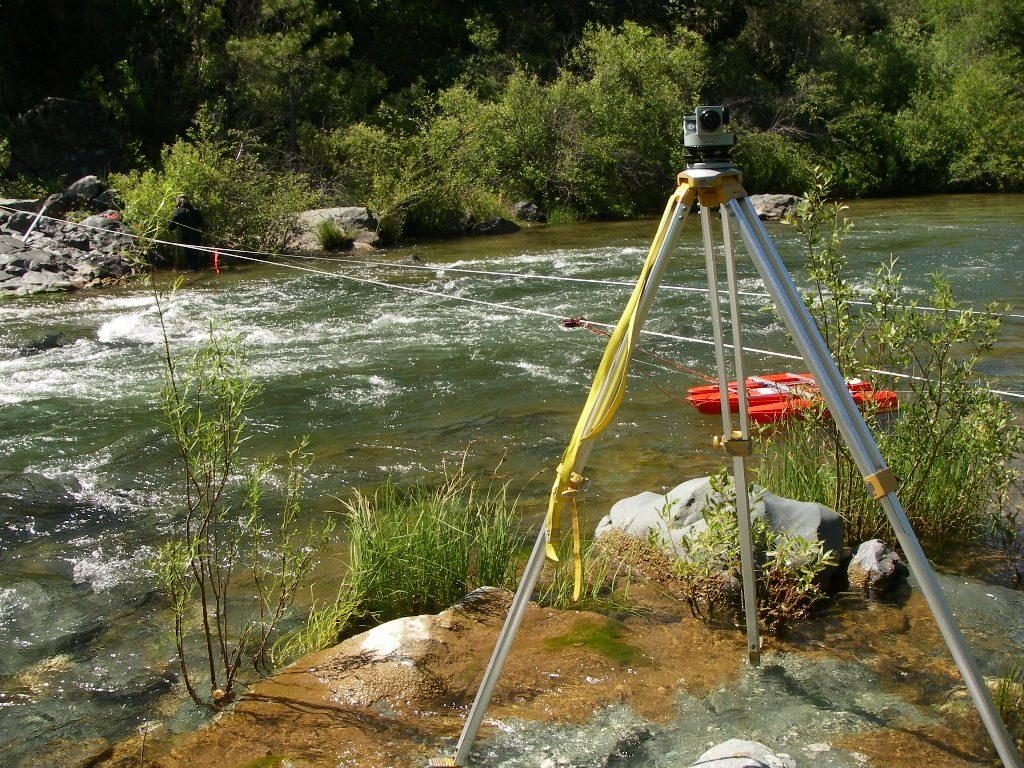
Hydraulic data can also be collected using a trimaran-mounted or boat-mounted acoustic Doppler current profiler (or ADCP)
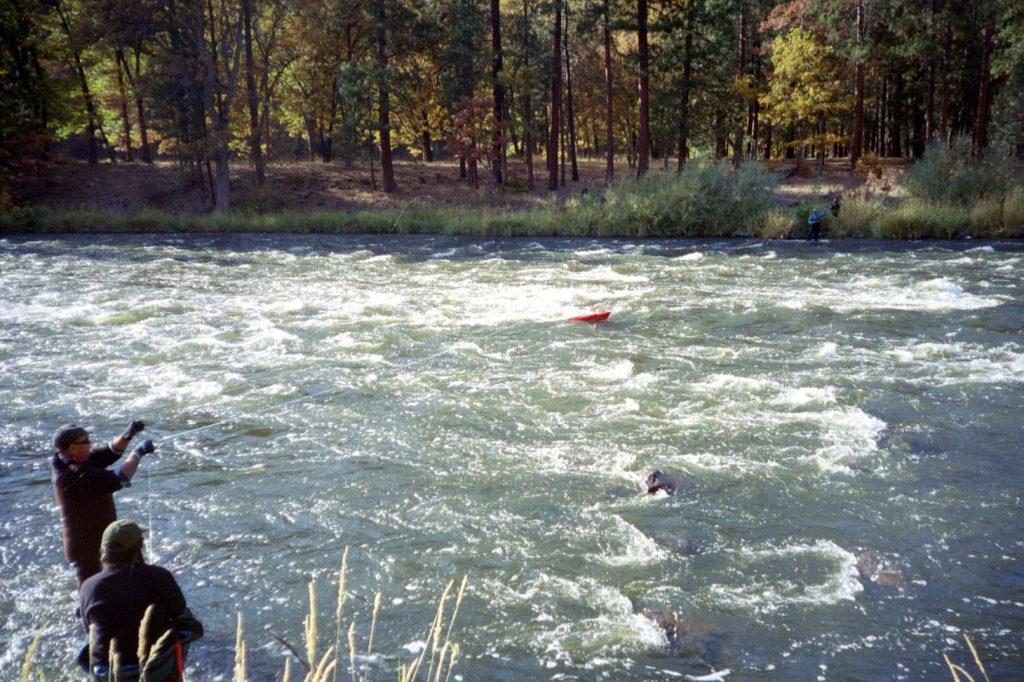
for use during non-wadeable flows or
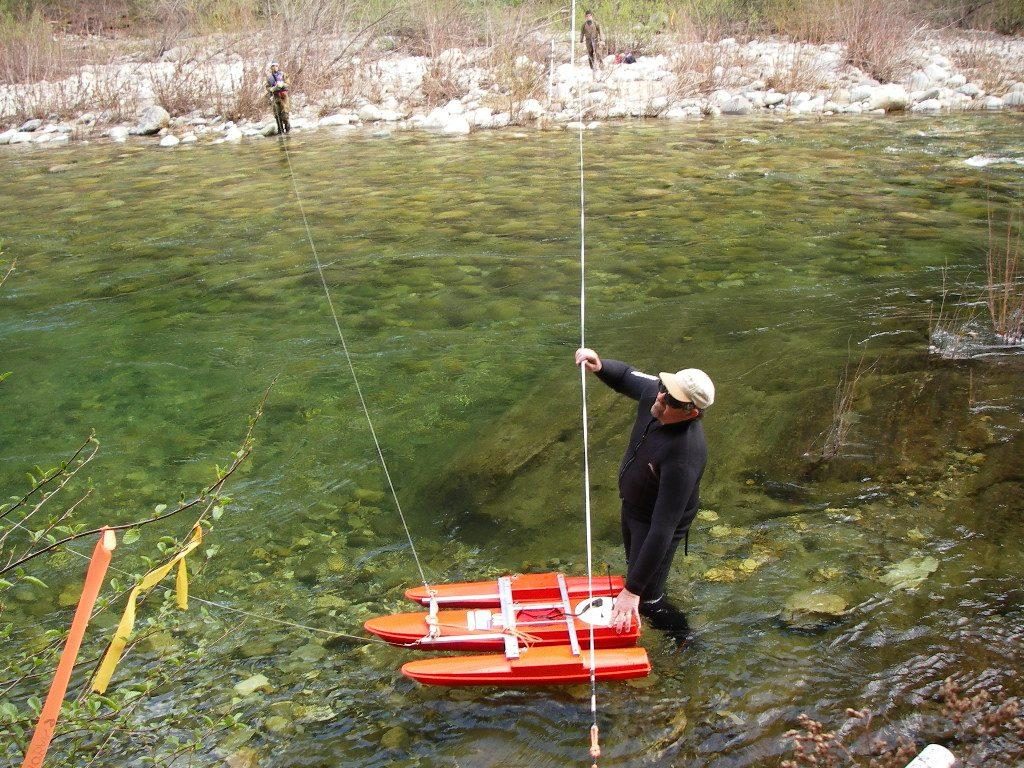
non-wadeable habitats in both medium-sized and
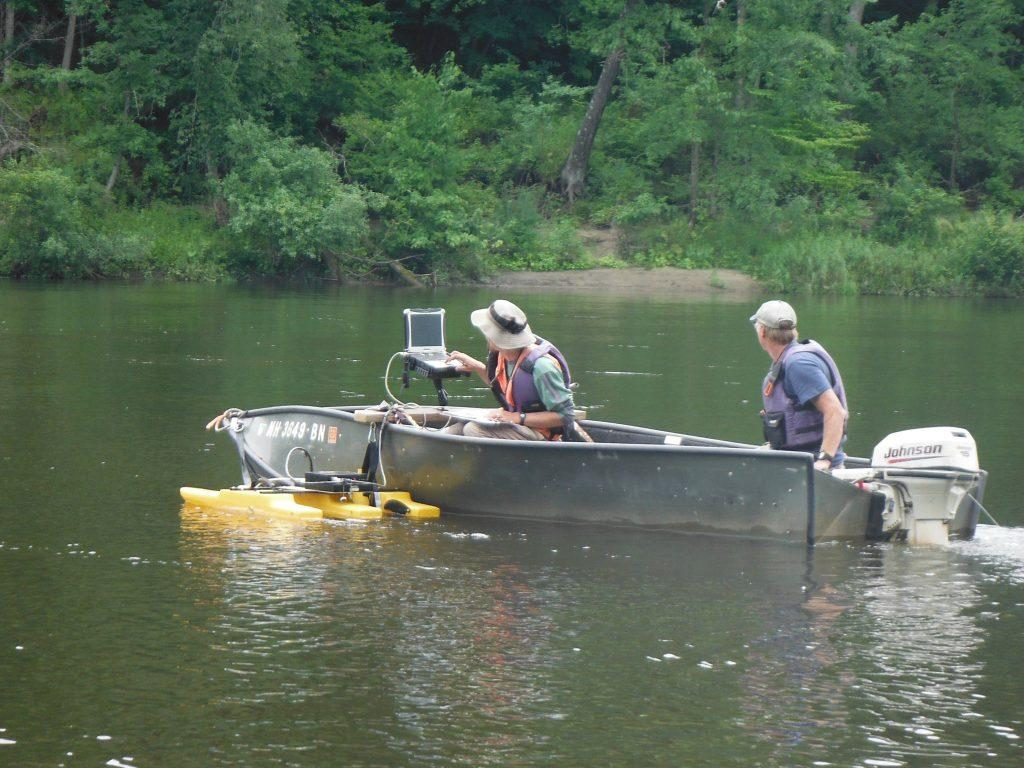
large rivers.
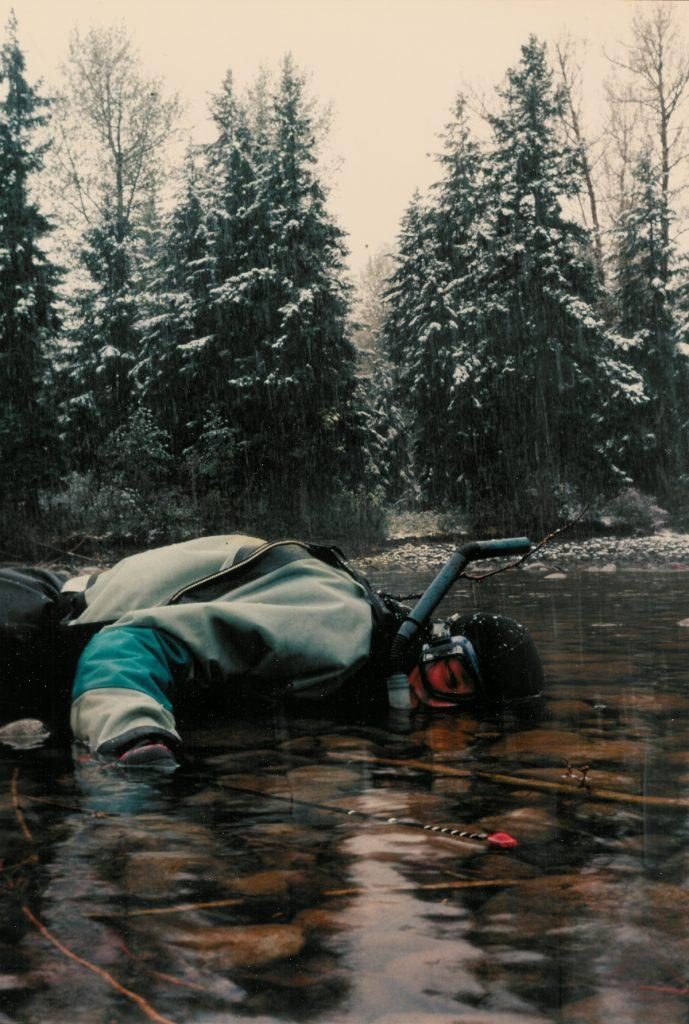
TRPA Fish Biologists are experienced in collecting site-specifc habitat use data for creating Habitat Suitability Criteria Curves , or HSC, that are also an integral component of PHABSIM analyses.
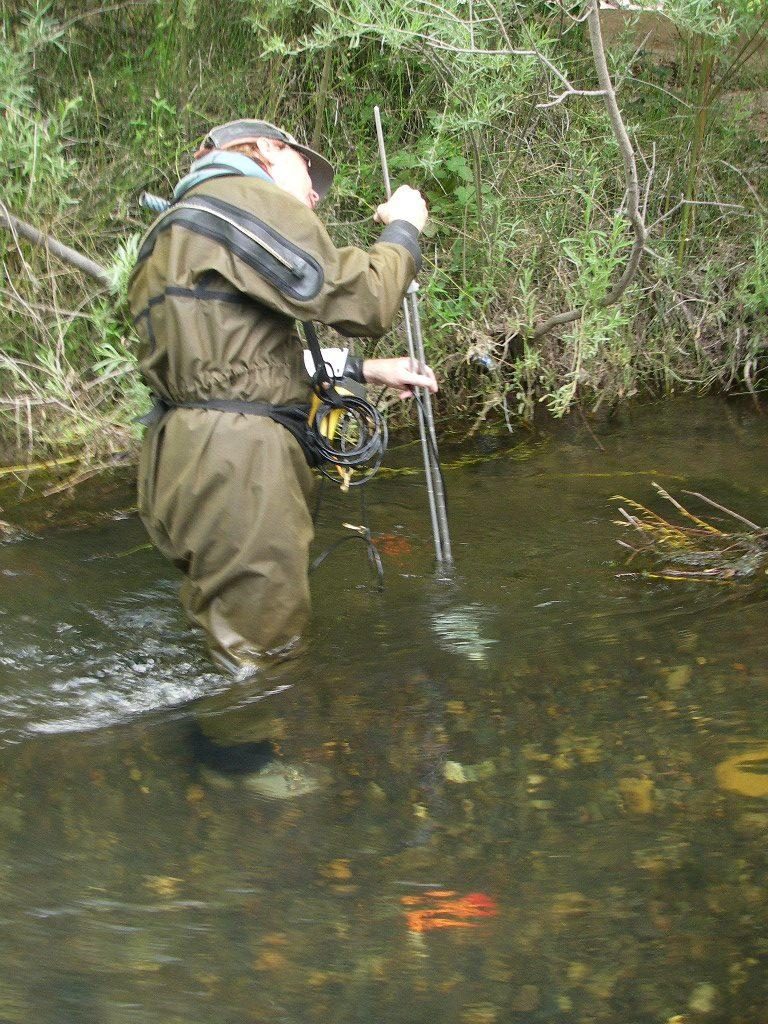
HSC data collection involves measuring site specific depth, velocity, substrate and cover conditions for specific target species and life stages within the project area.
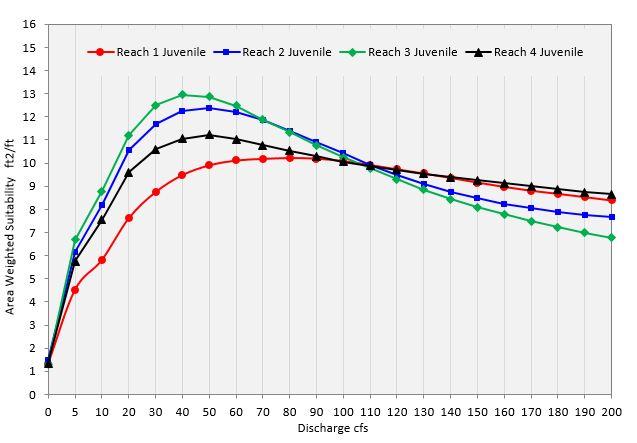
TRPA Fish Biologists are experienced in combining the hydraulic and habitat use data together in calibrated models to generate Area Weighted Suitability Analyses,
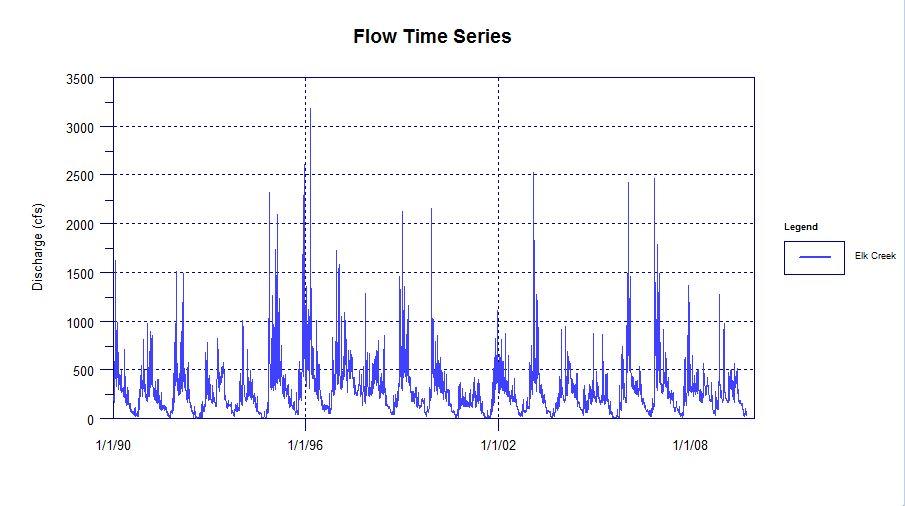
Flow Time Series Analyses,
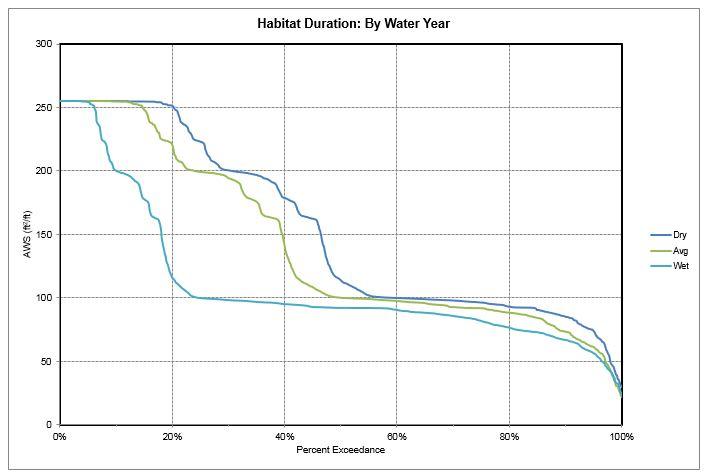
and Habitat Duration Time Series Analyses.
